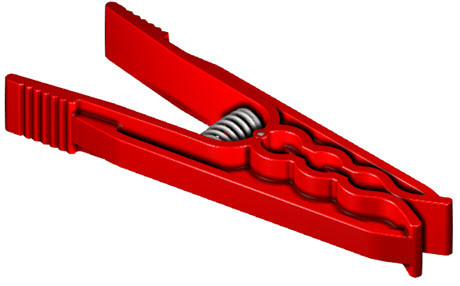Scenes & Environments
Visualize scene
Options > Visualize Scene
When a 3D model with materials applied to its surfaces is rendered, various user-defined enhancements can be created which will greatly improve the visual realism and final scene environment. Some of these benefits are outlined below :
Lighting
Various light sources are available which illuminate the scene from various angles. These light sources can be manipulated to increase or decrease intensity and create illumination from front or back sources. Additionally, the correct lighting allows realistic shadows to be created which create a dynamic interplay of light, particularly when using inside our outside lighting sources.
The options available are :
- One Light
- Two Lights
- Back Light
Navigate here for practical examples on Visualize Scene Lighting.
Luminance
When illuminating an object, the amount of light transmitted from the surface is referred to as luminance. This allows color intensity and surface textures to be increased or decreased according to the type of material or texture applied to the surface of the object.
Navigate here for practical examples on Visualize Scene Luminance.
Ambient Occlusion
Ambient occlusion is a shading and rendering technique which calculates the receptivity of each point on the surface of an object to ambient lighting, allowing for the simulation of soft shadows under the effect of indirect lighting.
Ambient occlusion adds depth and realism to the final image by creating shadows where objects intersect or are close to each other, enhancing the overall visual quality. A dynamic radius, a user-defined range of ambient occlusion can be created, using the following options :
- Radius
- Loops
- Power
- Blur Radius
In the example below, the clothes peg will be used to demonstrate the Visualize Scene options using these features.

Navigate here for practical examples on Visualize Scene Ambient Occlusion.